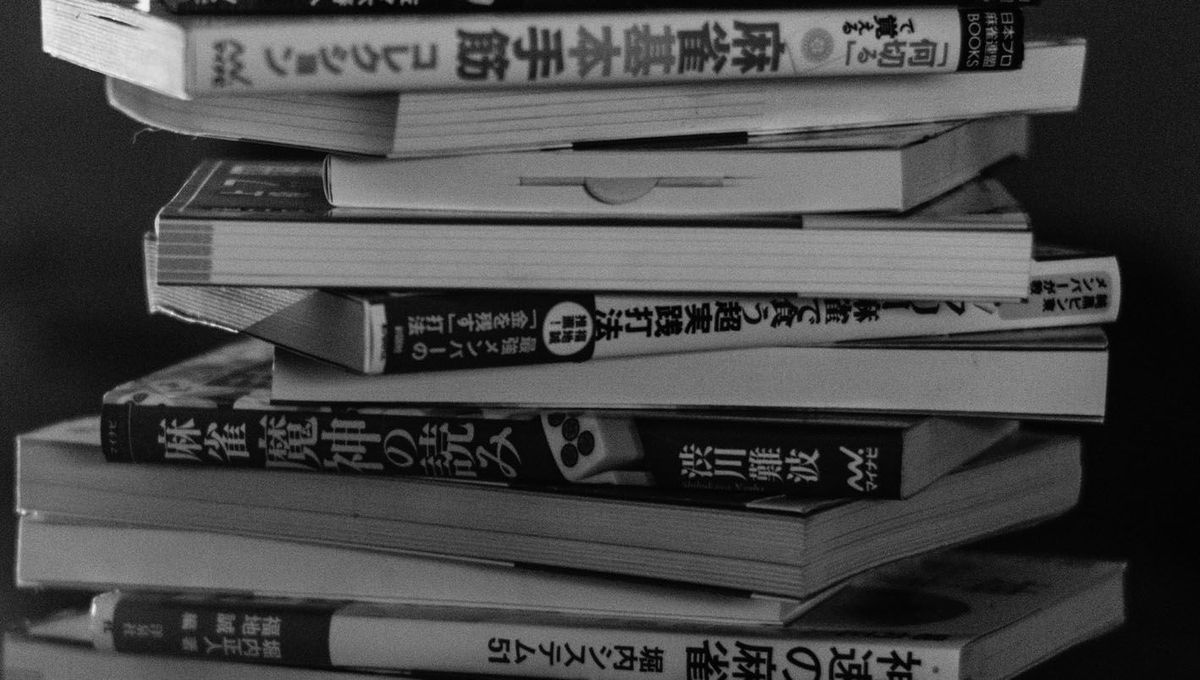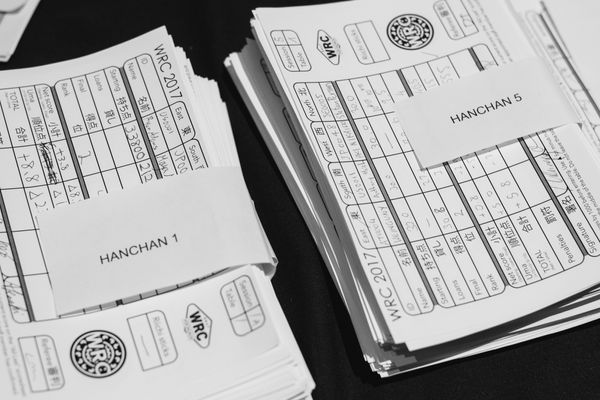Tile Efficiency 101 (Part 1)

This is xKime, aka Kimecchi. Just another online mahjong player/writer from the depths of Tenhou.net, Janryuumon, RonRon, Toupaiou, Saki's website, and pretty much any other mahjong playing system you can find out there, trying to improve his level and learning on the way. Not godly, not completely idiotic, going up one step at the time. This time, I come to talk to you about 牌理 or "tile efficiency." From the very basics, going into more delicate problems. A great skill to have at the time you encounter a "What Would You Discard" problem.
Part 2: http:/www.osamuko.com/tile-efficiency-101-part-2/
Part 3: http:/www.osamuko.com/tile-efficiency-101-part-3/
Part 4: http:/www.osamuko.com/tile-efficiency-101-part-4/
Part 5: http:/www.osamuko.com/tile-efficiency-101-part-5-climaxing/
"Pairi" or "hairi," which will now be referred to as "tile efficiency," is more than just a tenhou tool to count shan ten. It's a vital skill. While most people already have their own instinct-based tile efficiency theories, instinctive tile efficiency can be heavily improved by reading tile efficiency theory. Think of it like this: If you play around with a Rubik's cube on your own, just by "raw experience," it will be months before you can think up of a method to solve it; however, if you look up a Rubik's cube tutorial online, you can learn to solve it in a day, and use the remaining time to practice your speed and dexterity. The same might as well be true to mahjong.
Now, where does the problem lie? Resources. There aren't many >mahjong resources in English. Most of the sites updated with theory are written in either Japanese or Chinese. Furthermore, the average player's first language might not even be English at all. Trying his best to learn his first language, then learning English in order to be able to enjoy many resources, and suddenly... wait, he has to learn a third language? Most people don't have the time or constancy. That's why, from this point on, I'll be contributing by translating content from Chinese and Japanese sites. I'll start with the Tile Efficiency theories taken from beginners.biz, as these are simple to understand and are very helpful.
Why I chose tile efficiency? It's at the very beginning, it starts very simple for beginners to follow, and goes into more complex matters that must be viewed first before going any further into other subjects. In the current world of mahjong it's very important, as only Riichi, (Ippatsu) Tsumo, Red Dora, Ura Dora will give you mangan, as soon as you get your hand ensambled swiftly and efficiently, you have a possible mangan. So, without further ado:
http:/beginners.biz/h_01.html
Pairi is the theory to complete with efficacy four melds and one pair. That is the basis for building a hand in mahjong.
The term "Tile Efficiency" also exists and has the same meaning. If you only consider one single hand of mahjong, then mahjong is a game where you compete to be "the fastest of four players to complete four melds and one pair." That's why it is basic to choose discards according to tile efficiency.
In a mahjong hand, you have three factors "speed," "score" and "defence." Among these three, "speed" is the best. This is because speed makes up for "score" and "defence."
No matter how high-scoring your hand is, if you don't complete it you won't be earning any points. Getting a fast win means you are also destroying any possible hand your opponent was going to build, so you can virtually consider your profit to be: Hand Score + X. If you win before your opponent is tenpai, then there is no way you will deal in. Speed is "the life of your hand." Let's try to remember not to miss our chance to win because of giving yaku too much of our attention.
"Splendid composition will only postpone your win." This is the motto of the manga "Aburemon." Quite a wise saying.
Let's finish the introduction right here, and jump into explaining tile efficiency.
![]()
![]()
![]()
![]()
![]()
![]()
![]()
![]()
![]()
![]()
![]()
![]()
![]()
For example, how do we think about this kind of hand? We are close to chanta, and if all went well we could aim to get a San Shoku in the high numbers. Mahjong beginners will usually think about which yaku they remember and try to aim for them, but that's all they do. That's why
![]()
![]()
![]()
![]()
![]()
![]()
![]()
![]()
![]()
![]()
![]()
![]()
![]()
![]()
they usually commit the mistake of discarding ![]() with this hand. It's important to think about the 13 (+1) tiles in your hand in an organized manner.
with this hand. It's important to think about the 13 (+1) tiles in your hand in an organized manner.
Melds: ![]()
![]()
![]()
![]()
![]()
![]() Compound shape:
Compound shape: ![]()
![]()
![]()
![]()
Pair: ![]()
![]() Ryanmen (double wait):
Ryanmen (double wait): ![]()
![]() Isolated tiles:
Isolated tiles: ![]()
![]()
![]()
That's how the hand is composed. What is missing for four melds and one pair? We have two melds and one pair. The ![]()
![]() can be easily completed, so we can assume it to be virtually completed. All we have left is one meld. As we have no remaining taatsu, we have to complete it with either
can be easily completed, so we can assume it to be virtually completed. All we have left is one meld. As we have no remaining taatsu, we have to complete it with either ![]()
![]()
![]()
![]() . So which one is the most difficult to form a taatsu with...
. So which one is the most difficult to form a taatsu with...
With this line of thought, the answer as to what to discard will come off without problem.
Analyzing the contents of the hand, selecting your discard by "process of elimination," then comparing the selected tile is good. The important thing is "to compare." By comparing, the problem of discarding will be greatly reduced.
In this hand, we must choose the candidate between the ![]()
![]()
![]()
![]() that are not constituting a meld. Understanding each of their functions, we can consider the most unwanted tile.
that are not constituting a meld. Understanding each of their functions, we can consider the most unwanted tile.
To list up the discard candidates, and then comparing them once and again. This is what it means to play by "tile efficiency" and also the basic concept of mahjong.
--
This is it for part one. So far, so simple to follow and understand. I would go on, but it's already a wall of text as it is. On the next part, it gets a little more complicated and theoric, so be prepared for that time.



